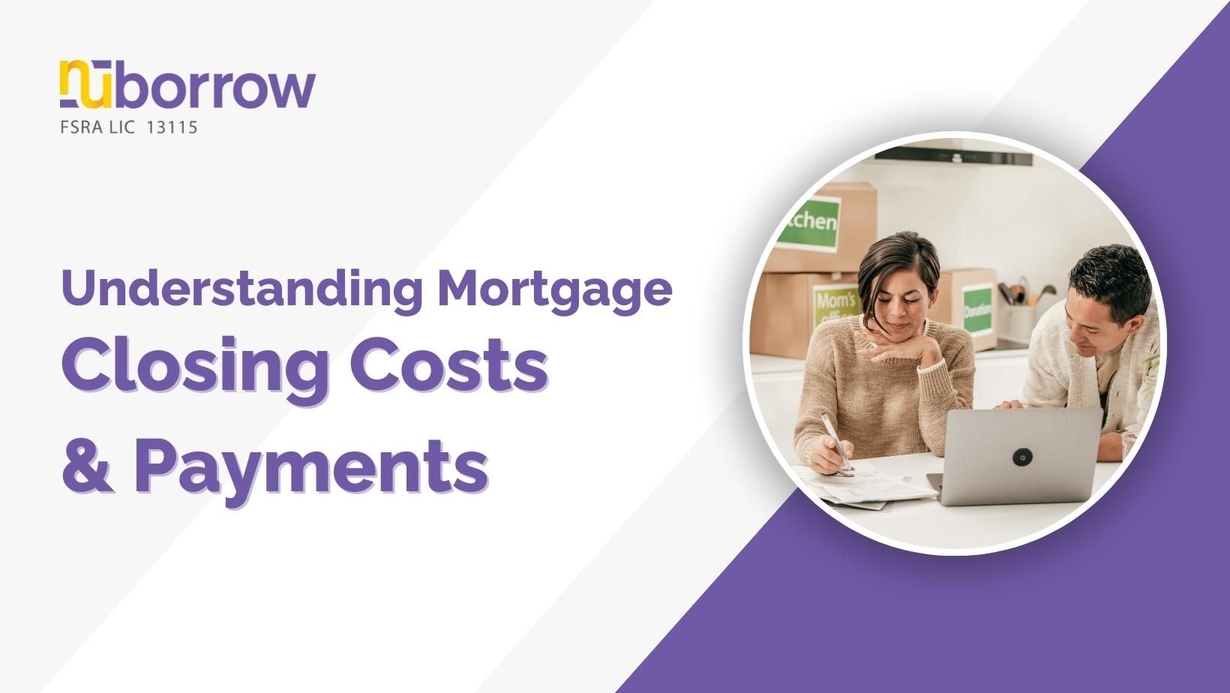Mortgage Closing Costs: What are They and How Much Will I Pay?

Buying a house is exciting, but it comes with a lot of costs, and not just your down payment. Most lenders charge mortgage closing costs to the tune of 3% - 5% of the loan amount. That could mean several thousand dollars on top of what you’re already paying.
What are mortgage closing costs and how much will you pay?
Find out in the guide below.
What are Mortgage Closing Costs?
Mortgage closing costs are the fees charged to cover the administrative work that goes on behind the scenes to close on your mortgage. To the naked eye, you think you complete an application, the lender reviews it and approves your loan.
There’s a lot more that goes on after you fill out the application.
- Underwriters review your documentation and ask for more clarification when necessary
- The lender orders an appraisal to determine the home’s fair market value
- The lender orders a title search to ensure the home is free of liens and encumbrances
- The lender prepares the closing documents
Your mortgage closing costs cover these services and more. Some fees are negotiable or you may be able to bring in your own services for things like title and appraisal, but you must get the lender’s approval first.
How Much will you Pay?
Every borrower pays a different amount of closing costs.
First, it depends on the origination fees you pay. Not all lenders charge origination fees. They usually reserve them for borrowers who are risky or whose application takes more time to verify and underwrite. Origination fees are a percentage of your loan amount and are usually 1% - 3% of the loan.
Second, if you want to bring your interest rate down, you’ll pay more closing costs. Let’s say for example the lender quotes you 4%, but you want 3.5%. You may be able to buy the rate down. This means you pay a percentage of the loan amount upfront in discount points. It’s just prepaid interest, but it gets you the lower interest rate for the life of the loan. The remainder of the closing costs cover the work that lenders do to get your loan closed.
How to Choose the Right Loan
Most loans have closing costs unless you negotiate a no closing cost loan. Be careful though, no closing costs just means the lender increases your rate slightly (usually 0.25%) to cover the cost of your closing costs.
When you shop around for a mortgage loan, look at the big picture. Ask yourself:
• What’s the interest rate? • What are the closing costs?
Then look at the loan’s cost over the term. Sometimes the loan with the lower interest rate makes more sense, but sometimes, a slightly higher interest rate and lower closing costs make sense. Look at the bottom line and compare.
Conclusion
Don’t put all your focus on mortgage closing costs – look at the big picture. The closing costs can add up, but they are just a part of the big picture. Look at the loan’s total cost when deciding which loan is right for you given your circumstances.
Related Articles

Choosing the Right Mortgage Lender for your Refinance: 5 Factors Other than Interest Rates to Consider
September 01, 2023 (2 mins read)
Finding the best mortgage rates in Ontario requires research and professional guidance from a reliable mortgage broker. Today it’s easier (and cheaper) than ever to refinance. However, with best…